13/04/2015
~ Su Tianci ... Chinese cycle Gumilev ~ ...
Receive messages on the diary post.
~ Su Tianci ... Chinese cycle Gumilev ~ ...
~ My heart beat like a hunted animal,
And like the unknown vistas ... ~
Chinese cycle Gumilev ...
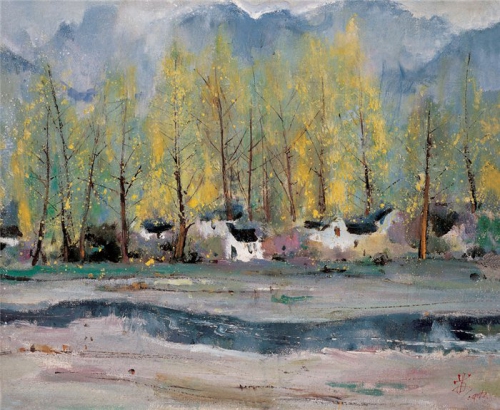
"All of us, comrades, we believe in the sea, we can sail to distant China ..." - exclaimed back in 1910, Nikolai Gumilev, a poet of the Silver Age, fine lyricist, singer "Romantic Flowers" and overseas countries. However, he believed not only in the sea, but also a "wondrous mystery of dreams" in the stars with "frozen sky" and in distant countries of happiness - even beyond the life ...
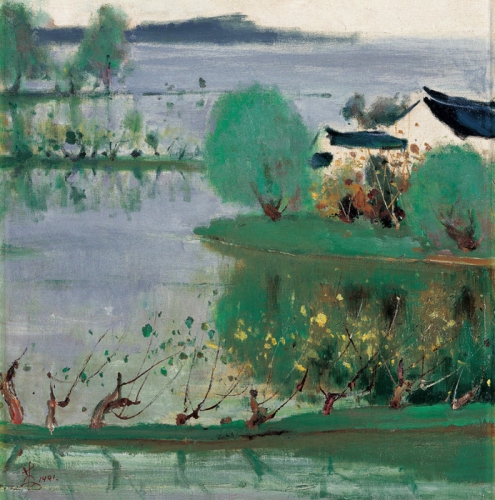
Muse wanderings was conductor of the poet in the jungle of Central Africa, in the fire-breathing sands of the Sahara, in the upper high-water of the Nile, in the dark mountains of Abyssinia and exotic forests of Madagascar, in the ancient cities of Europe and the Middle East, the Antilles and in the Mediterranean ...
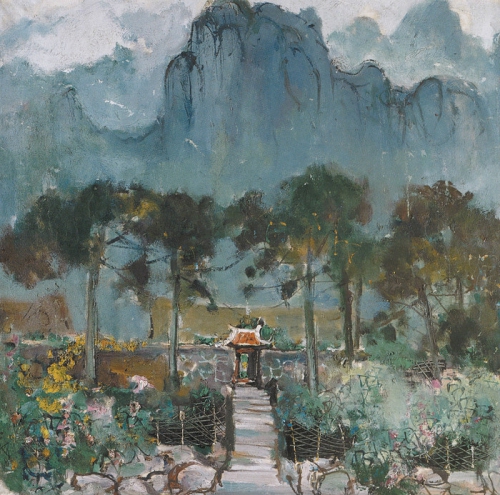
Old nurse was right in his prediction of a stormy night of Nikolai Stepanovich Gumilev April 3, 1886: "We will Rings turbulent life." Indeed, it was. And the fate of kept it all travels and wanderings-up to the execution in 1921 ... Who knows, maybe not tear off his life so suddenly - he could make the trip, which dreamed of in his youth, and which was not destined true - in China.
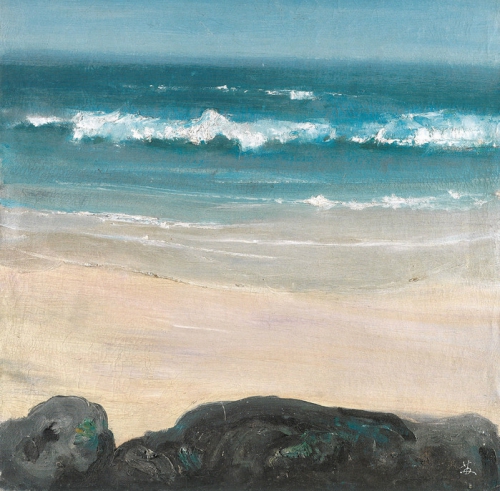
Interest in the country arose in Gumilev long before the creation of the collection of Chinese poems "Porcelain Pavilion". It is no coincidence in the poem "Journey to China" (1910) he wrote: "In China alone, we cast anchor, at least on the way and meet death!" (Right textbook: "to see Paris - and die," is not it?) Alas, failed him, throwing a "treasured paradise", to admire dalyu in the "pink foam" dream in the night at the palms and admire the Chinese maidens, "obvivshimi hip green cloak" ...
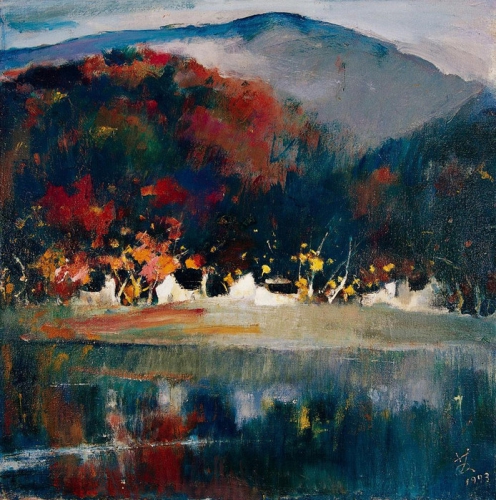
The artist was attracted to his poetic culture of this country, "thingness" objectivity Chinese poetry with its apparent penchant for philosophical generalizations. Besides beautiful, exotic, rich colors and sounds of China could not be his another area, "the promised land", where he, at least mentally, could take away his beloved sea captains. The desire to visit Gumilev "of all the oceans' influence, paradoxically, paintings of French artist Paul Gauguin postimpressionist that he saw at the Salon back in the days when he was a student of the world famous Sorbonne. There, in France, in 1918, Gumilev begins to create a free adaptation of Chinese authors, full of philosophical meaning: "The moon on the sea", "Nature", "Road", "Connection", "Happiness" - the very names of the Chinese cycle of poems speak of effort to understand the poet's eternal questions of life.
Mahogany boat washing,
And my flute made of jasper.
Output water stain on silk,
Wine - an alarm from the heart.
And if you possess light rook
Wine and sweet woman,
What do you want more? You're all over the
Like a genius sky.
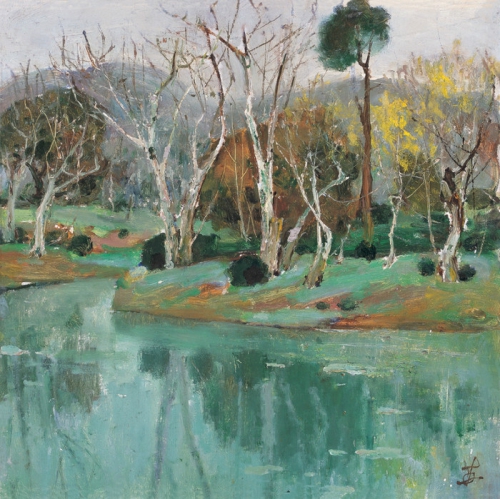
Exact correlation "Russian-Chinese" poetry is not noticed. Only managed to Paris Album establish the names of poets whose work in French translation became the basis of arrangements Gumilev: Li Tai Pe (or Lo Po), Lee Sung Chan (Li or Oei), Chan Chi - or Chan Ji Wan Tia (or Van Ji), Tze Tia, Sao Nan. Chu Fu, Tang Soo Io (or Chang Jo Su). And yet, despite the fact that Chinese wisdom Gumilev brings to us through the mediation of the French language, he managed to keep in his poems the innermost thoughts and feelings, which invested in their works of Chinese masters.
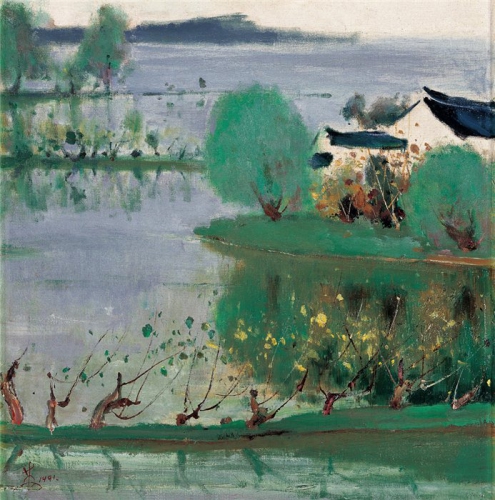
By assumption G.Struve, one of the wonderful poems of this cycle - "Connection" - inspired by love-romantic relationship with Elena D. Gumilev, his "blue star" who lived on one side of the Seine, and the poet himself - on the other. But this is only really-event binding to philosophical reflection on the impossibility of happiness.
The moon rose in the night sky
And light, rests lovingly.
Evening breeze on the lake wanders,
Kissing overjoyed water.
Oh, how divine connection
Eternally made for each other!
But people made for each other,
Connect, alas, so seldom.
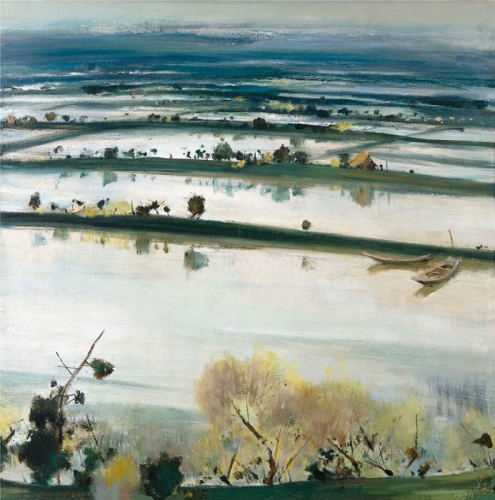
"Where the road ends thoughts - are beginning to listen. Where words cease to express - there begin to contemplate, "- says the ancient Chinese saying. Like the above, we want to listen and contemplate Nikolai Gumilev line, because every word carries its colors and its sounds.
Among the artificial lake
Rose porcelain pavilion,
Tigrinya his back arched,
Jasper bridge leads to it.
It is said that to understand the philosophy of Chinese sages not given to everyone, and through the poetic word - even more so. Perhaps because of poems Gumilev this understanding will come to us ...
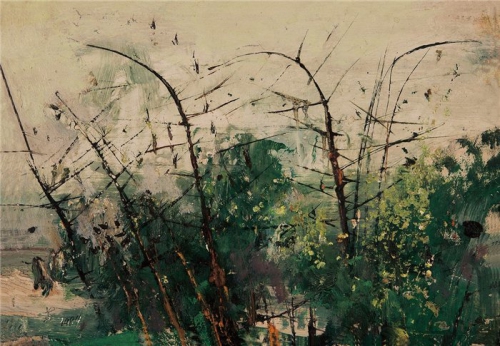
Nature
Quiet little lake,
Like a bowl full of water.
Bamboo is very similar to the hut,
Trees - like the sea of ??roofs.
A rock sharp as pagodas,
Exalted among the flowers.
I think the fun that eternal
Nature learns from us.
Gumilev
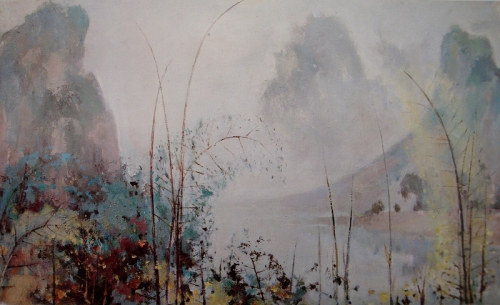
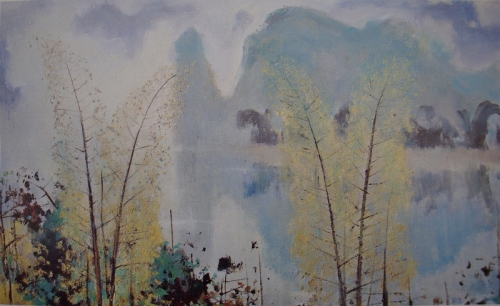
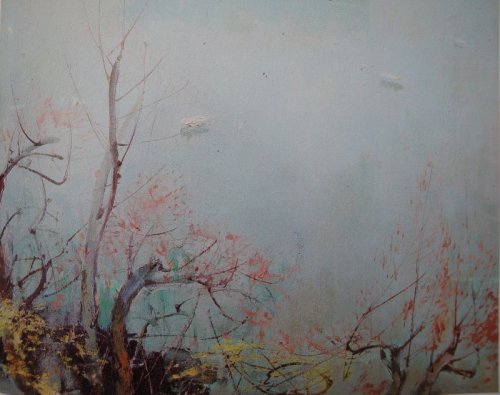
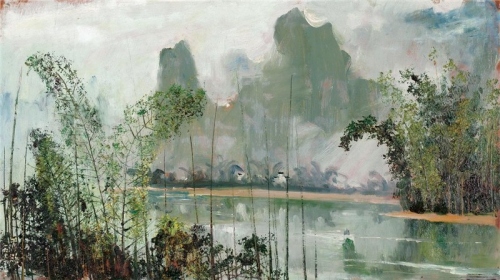
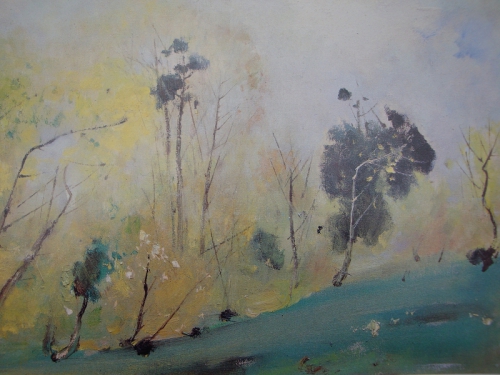
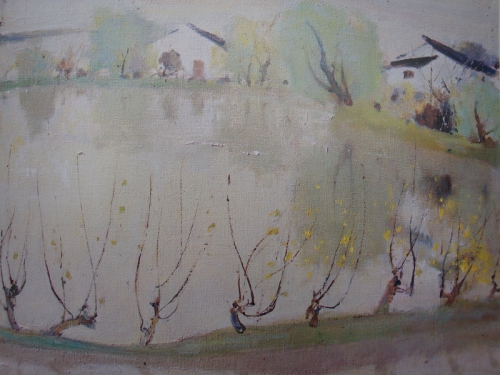
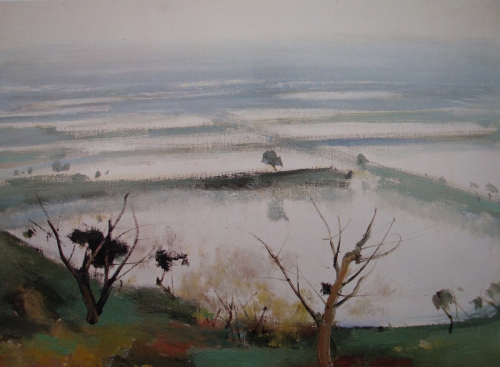
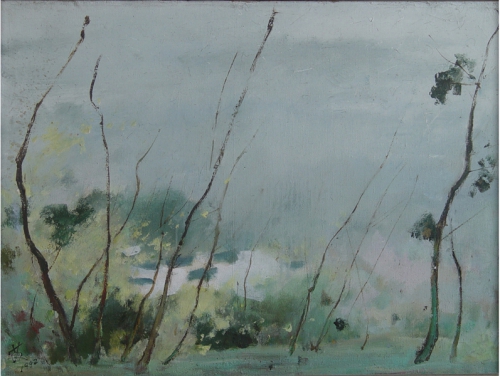
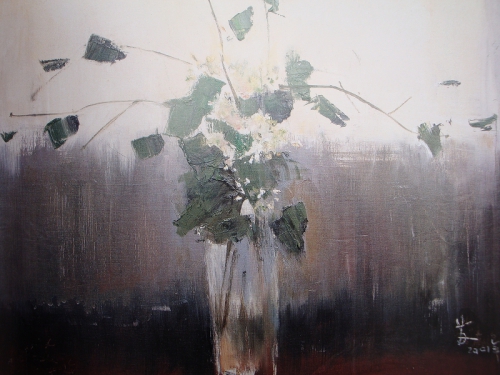

10:55 | Lien permanent | Commentaires (0)
09/04/2015
Eliseev Igor I got used to this dream, exciting and strange ...
Eliseev Igor I got used to this dream, exciting and strange ...
I got used to this dream, exciting and strange,
In which I love and I know that we love,
But the image of women sometimes elusive -
And the same and not the same, for he is like a fog.
Paul Verlaine "My longtime dream"
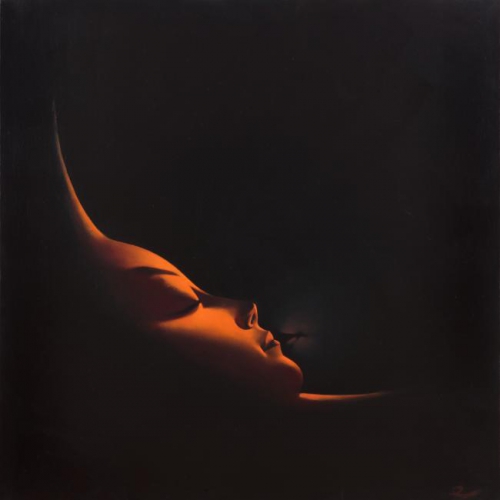
Kiss of Moonlight
In the hand ball of needles - sand burns.
Flowing out of the hand of white silk, pleated lace compresses, disturbing tenderness touch.
Again and again, promising clue, he leaves without saying goodbye.
Hot as now, the bulk as a dream come true.
Gradually heat passes, leaving fond memories.
Over time, experienced emotions lose paint - memory overlying sand dust.
And the best net for them - the art.
It allows you to quickly pin to pin them to the black velvet, close the transparent glass and hang on the wall.
Pollen colored wings remains fully intact.
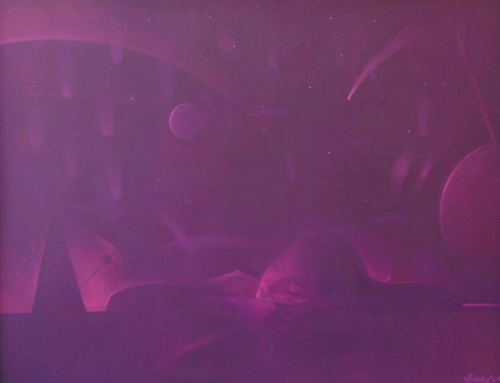
Melody Dream

Wandering under the stars
Paintings Igor Eliseev record dreams, memories, dreams. Vague images intermingled lessirovochnomu layers of paint.
Memory - perfect artist arbitrarily combining scraps of emotions, it creates a complete image.
The artworks like real dreams fascinate whimsical storyline.
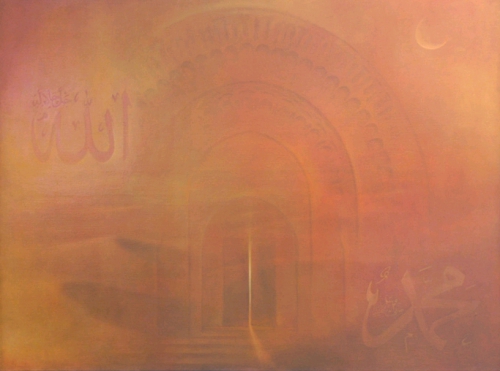
The golden path
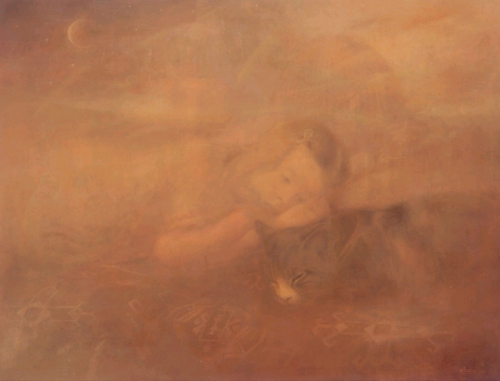
On the border of the city closed eyes
In the first moment you see the transparent color and the head goes to the fog, then, getting used to a little dizzy from the high air to collect paintings by parts guessing subtle silhouettes, looking farther and farther inland.
"Sleeping Buddha", "Whisper of mirrors", "Sand dreams" ... the real object like a dream filled with new meaning, they live their lives: a stool with an open book, hookah, shell, hourglass, wooden body of the old ship abandoned in the desert.
And the faces, faces, faces.
Sleeping, charming naive young beauty, with wide-eyed children.
They show through objects, observed from the side.
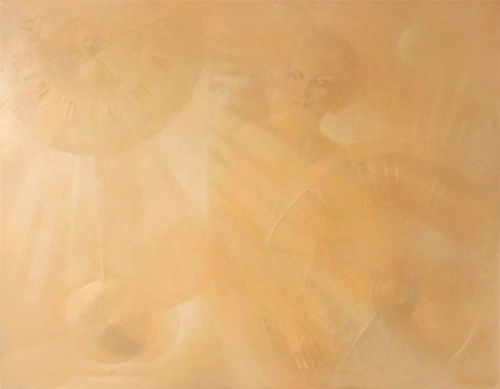
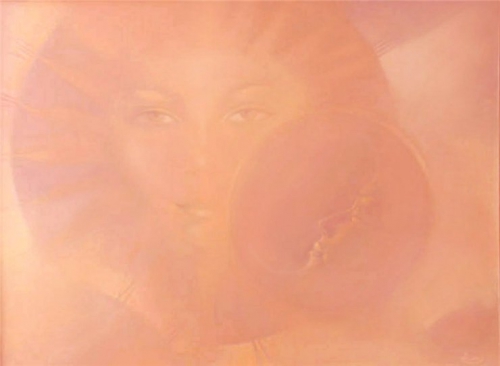
Approximation
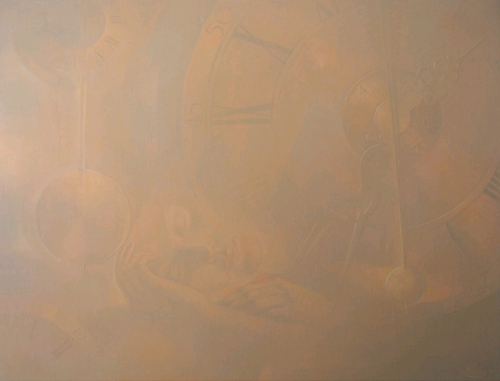
Silk
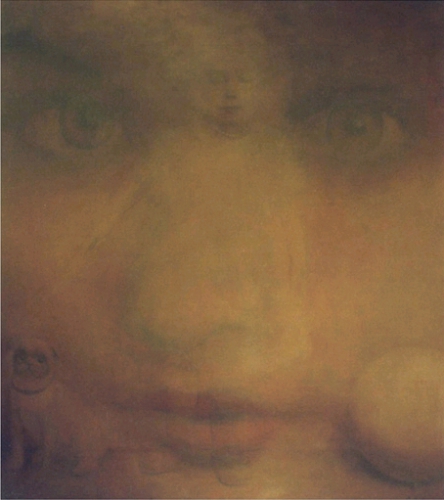
Invisible treasure
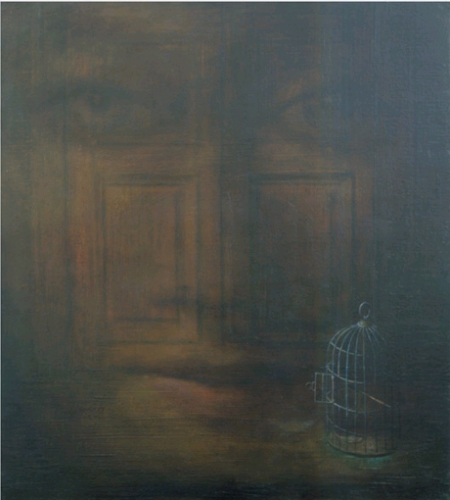
Invisible Life
The author believes that the moments of happiness, sadness, love do not go away - the angels keep them in our hearts.
Not only in humans but also in memories, it turns out, there are angels angel silver dreams, angel sandy time angel pearl surf.
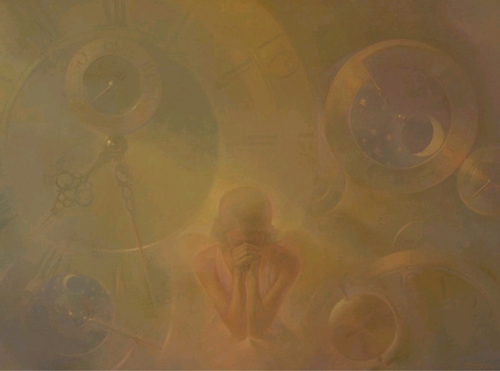
Time of Desires
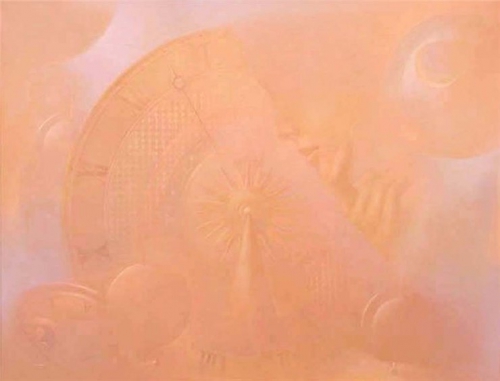
Angel of my time
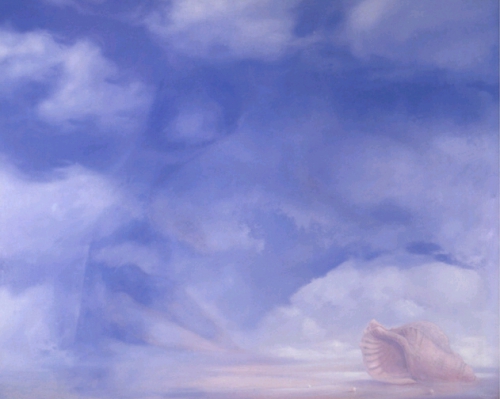
Angel pearl surf
Jean Cocteau believed that cinema - a "dream come true".
Igor Eliseev continues the tradition.
His paintings are like a long-forgotten dream - a vague, uncertain, but very light.
Mary Queen
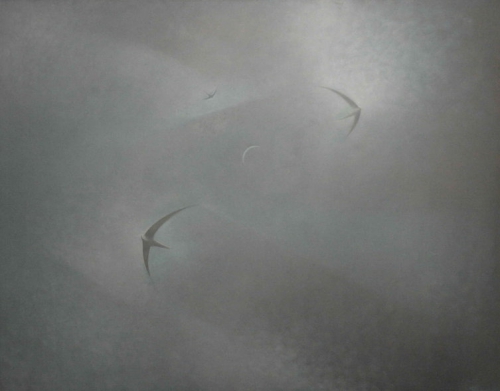
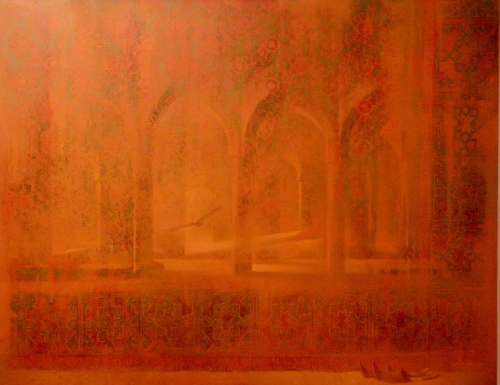
The Way to a Dream
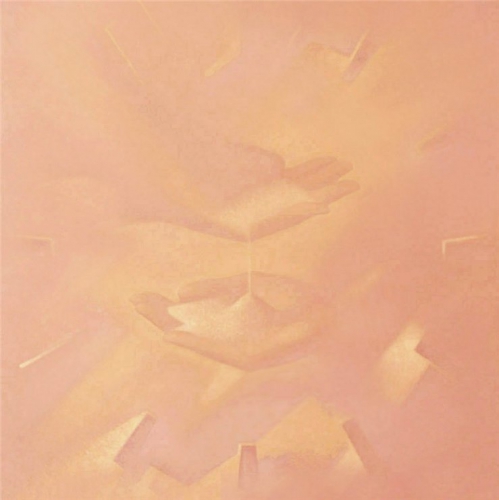

Artist - Igor Eliseev.
Igor Eliseev was born in 1965 in Chita
In 1989 he graduated from art school Chita
Since 1998 member of the Union of Artists of Russia Igor Eliseev Creativity quirky and original, and his unique style, delicate nervous and eloquent poetic minimalism, won the hearts of thousands of fans.
His enigmatic paintings, like dreams, to meditation, to travel through the looking glass, invite us to go and touch the secret paths to the secrets that the author of "pulled" out of the void, of untranslatable dialogue with silence.
Each of his exhibition, like a window into the beyond.
There is music, vibrating with the pictures on the same, very "high" frequencies.
And a very high frequency.
Surprising harmonious integration into the fabric of the exhibition video, excite exciting flavors ...
All of this is comparable to the magical portal to inorealnost and rendezvous with the unknown.
Music: Helen Merrill - Deep in a dream
05:00 | Lien permanent | Commentaires (0)
08/04/2015
Orchestrated puzzle ... The artist Peter Milton.
Orchestrated puzzle ... The artist Peter Milton.
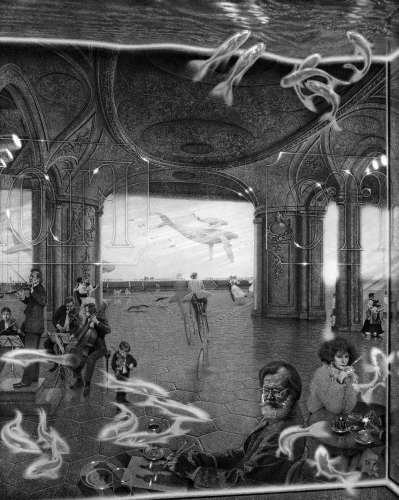
Zvuchanie
Art painter and graphic artist Peter Milton, since 1960, has generated a lot of attention. More than eighty solo exhibitions in galleries and museums throughout the United States as well as in London, Osaka, Bogota and Paris; He won prizes in Colombia, Korea, Poland; his works have been used in the Metropolitan Museum of Art, Museum of Modern Art, Bibliotheque Nationale, the British Museum and the Tate Gallery.
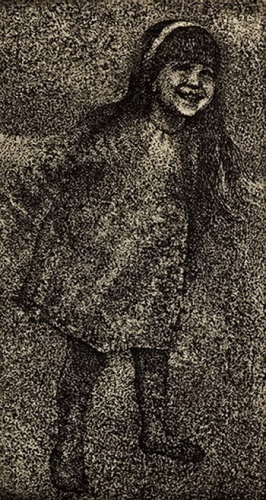
But at the beginning of his career, Milton was virtually unknown, graphite drawings and black and white prints did not attract attention. He is often called color-blind. In an era of widespread introduction of color in film, television, on billboards, in magazines and newspapers - it's very hard to capture the eyes of the public art of black and white.
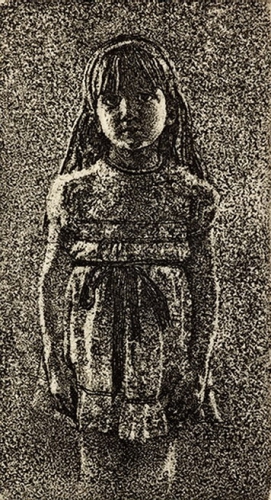
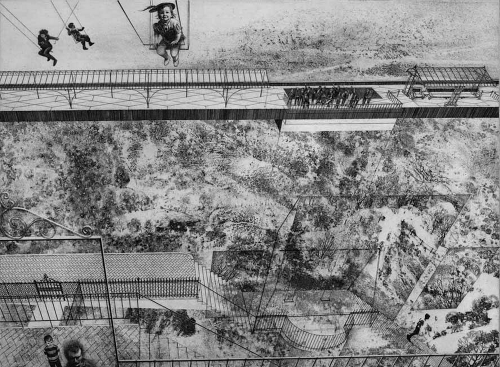
Pastoral
At first glance, the gentle and lyrical pictures - it brilliantly srezhissirovanye visual puzzle full of apparent contradictions and ambiguities and thinly veiled reference to the hidden fantasies and desires. Milton, as a brilliant master can turn a myriad of previously unrelated images, fragments and details sensitively performed songs.
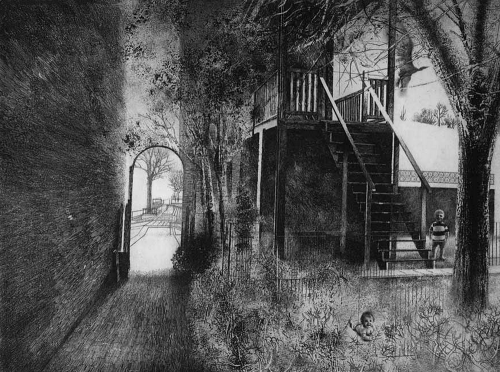
Sad
Peter Milton was born in Lower Merion, Pennsylvania, April 2, 1930. He studied at Yale University (Yale University), where his teachers were Josef Albers and Gabor Peterdi. Bachelor of Fine Arts, he received in 1954. After five years of living in Europe, Milton returned to his homeland, he moved to Baltimore, where he taught at the Maryland Institute from 1961 to 1968. There he began to translate their creative energy.
Peter Milton wrote: "I found that my reward in an unexpected joy surprising and mysterious effect when all the knowledge, finally, as if by magic combine to produce a completely unknown magical ending."
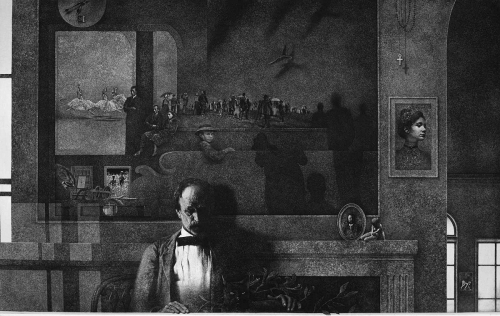
Lileyniki
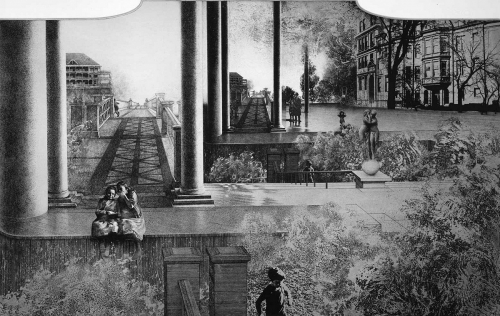
The First Gate
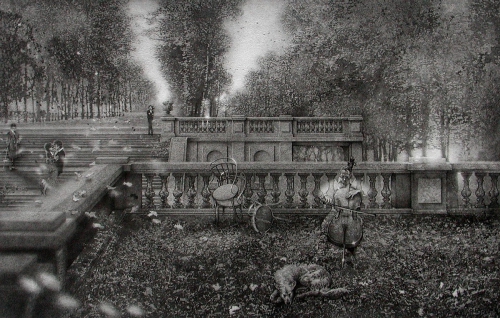
Pavana. (Grand ballroom dance common in Europe XVI century)
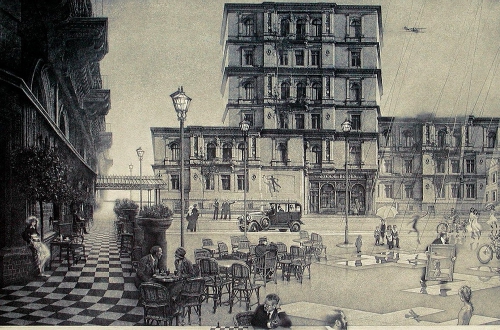
Ministerstvo
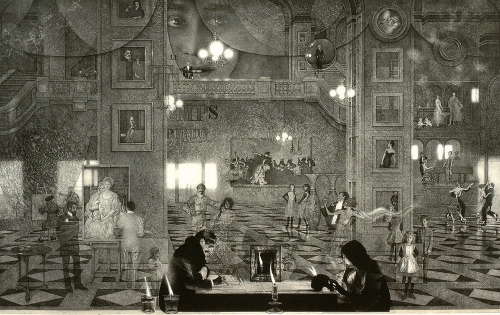
V Search of Lost Time
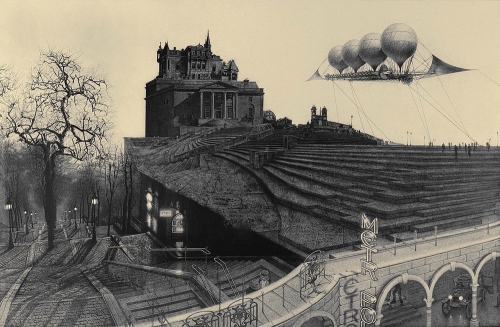
Posadka for Cythera
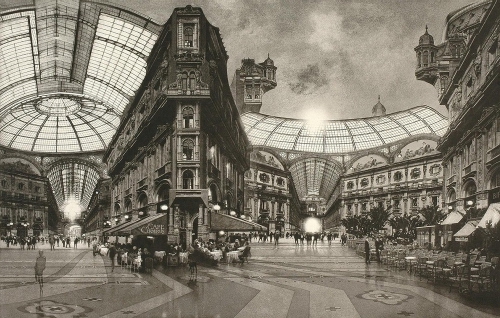
Continuum
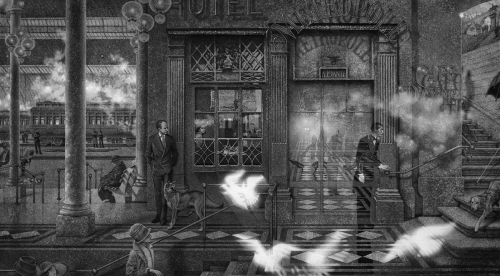
Poezd from Munich
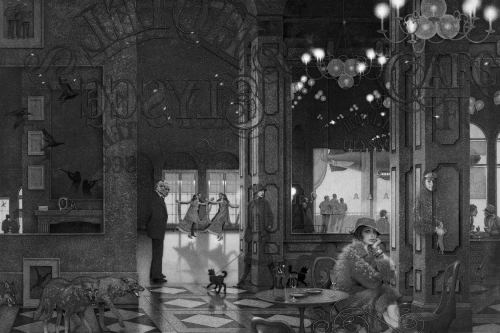
Hotel Paradise Cafe
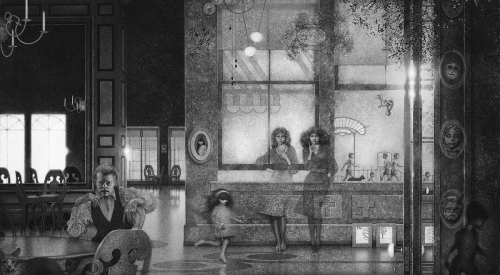
Vsya family assembly
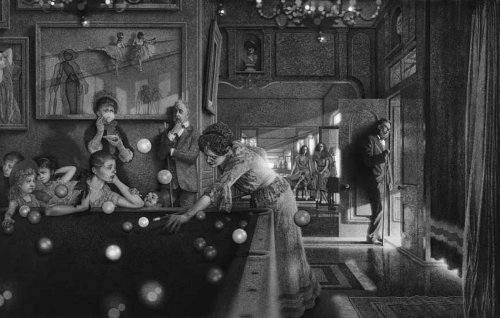
Teper all Mary
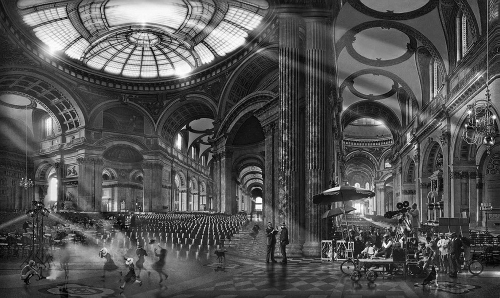
Tracking shot
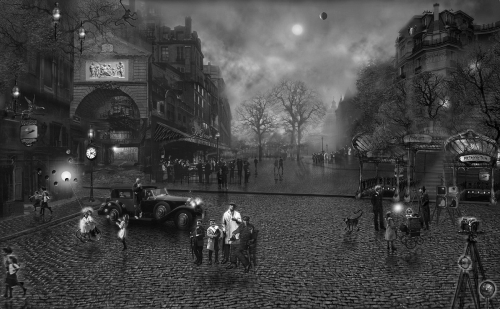
Zatmenie
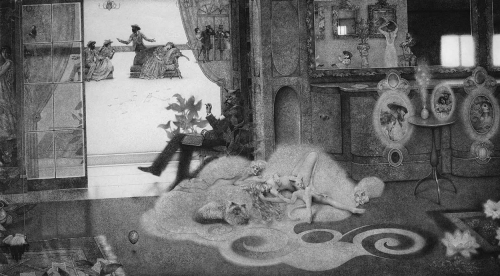
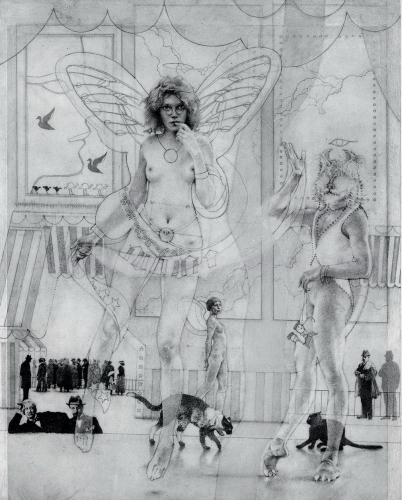
Cats
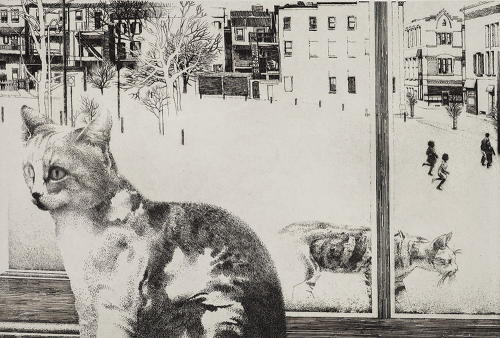
Dzhuli on the window
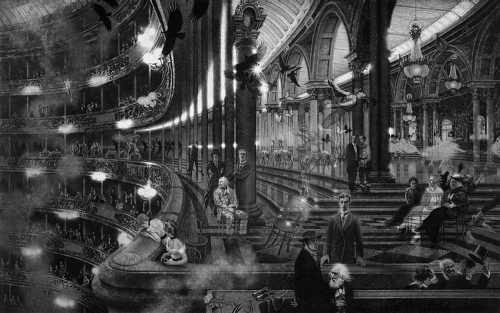
Nizhinskie variations
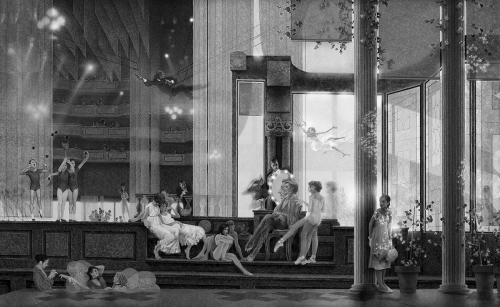
Zelenaya room
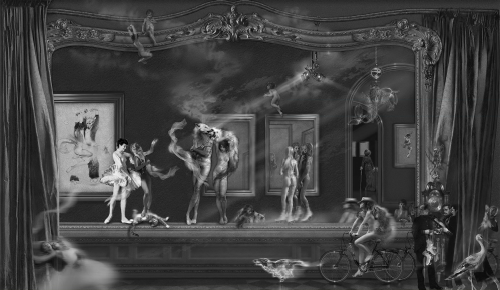
Generalnaya rehearsal
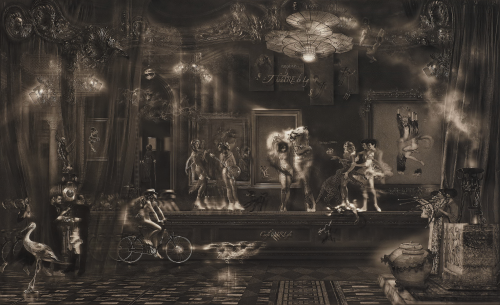
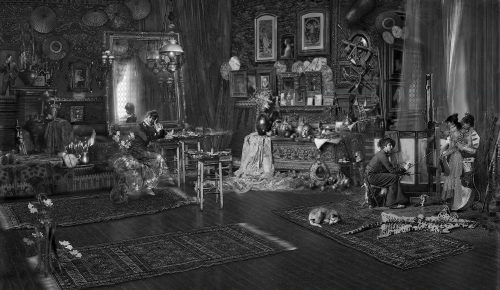
Vzglyad
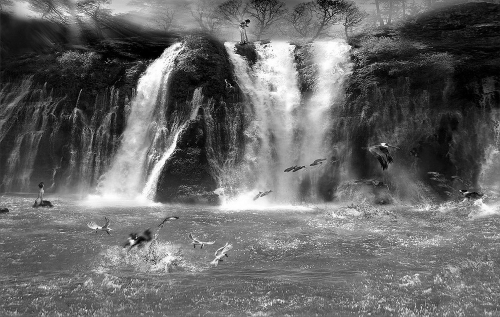

Vodopad
The site Peter Milton tells in great detail about the creation and history of his work. Interesting images are risen in large format - works clickable.
04:16 | Lien permanent | Commentaires (0)